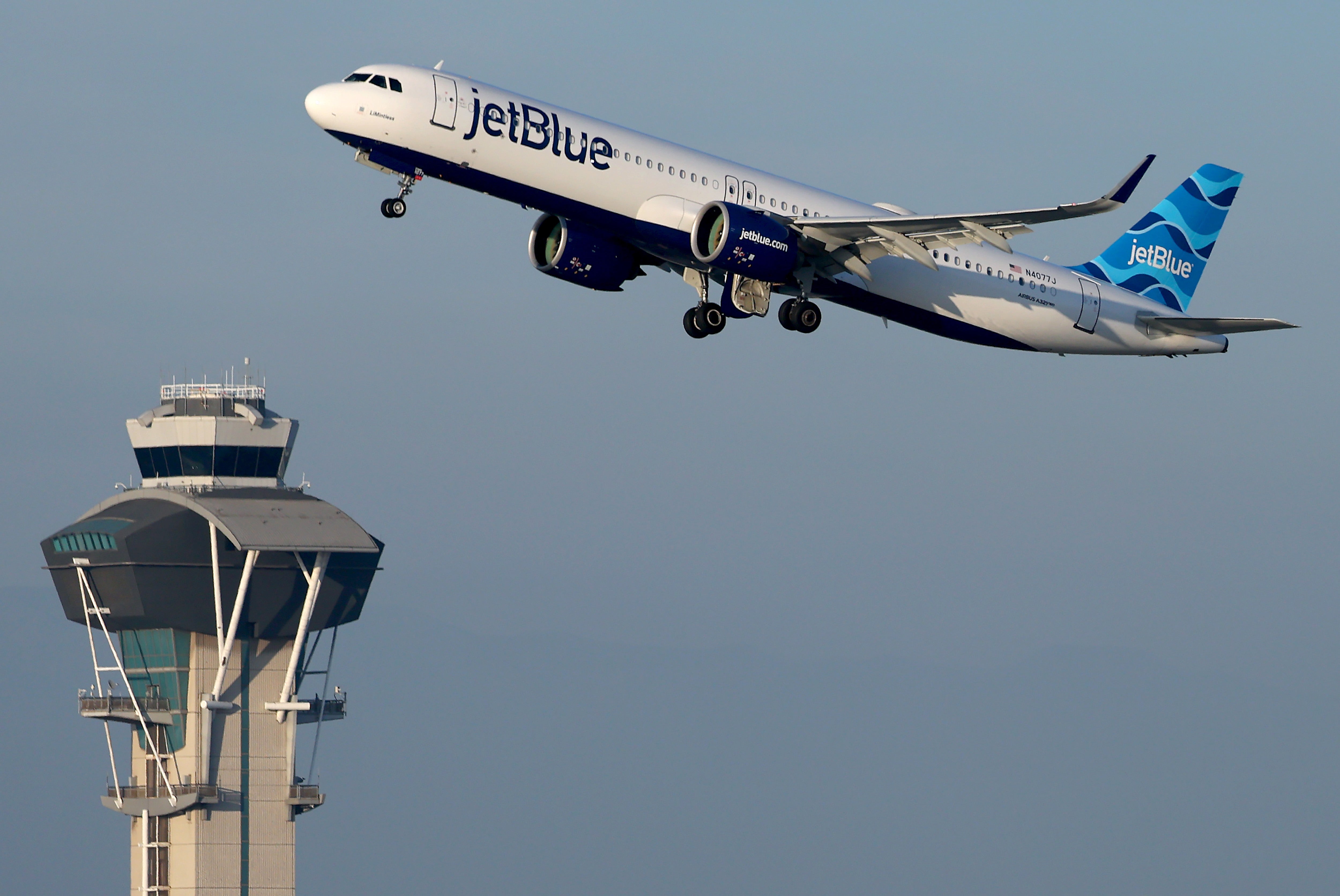The safest airlines in 2025 have been revealed, and it’s not the best news for travelers from the U.S.
AirlineRatings.com recently unveiled its annual list of the safest full-service and low-cost airlines. The two lists, including 25 airlines each, are based on the 385 airlines that Airline Ratings monitors.
The company created the world’s safest airlines based on airlines’ different measures, such as IOSA certification, pilot skill and training, serious incidents over the past two years, fleet size, and fleet age.
Results found that the safest full-service airline does not travel to the US., with Air New Zealand taking first place. Qantas is ranked second place, while Cathay Pacific, Qatar Airways, and Emirates are all tied for third.
The ranking of full-service airlines continues with Virgin Australia in fourth place and Etihad Airways in fifth.
However, popular U.S. airlines are pretty low on this list, as Hawaiian Airlines is ranked 12th place, American Airlines is ranked 13th, and Delta Airlines is ranked 22nd. United Airlines is in last place, as the 23rd safest full-service airline.
For the ranking of the 25 safest-low-cost airlines, the best airline is Hong Kong Express, followed by Jetstar Group in second place. Ryanair came in third place, with easyJet in fourth and Frontier Airlines in fifth.

Meanwhile, low-cost airlines known for traveling from the U.S. are once again pretty low on the list, with Southwest Airlines in ninth place. Meanwhile, the popular JetBlue Airways comes in 17th place.
Airline Rankings noted that Spirit Airlines was missing from the low-cost airlines ranking, despite being on the list last year. Spirit Airlines also filed for Chapter 11 bankruptcy in November, after accumulating debt and losing more than $2.5bn since 2020.
According to Sharon Petersen, the CEO of AirlineRatings.com, while Air New Zealand came in first place for the world’s safest full-service airline, it was a pretty close race. There was only a 1.5-point difference between that airline and Qantas, which both “uphold the highest safety standards and pilot training,” as noted by Petersen.
“The three-way tie for third place was because we simply could not separate these airlines. From fleet age to pilot skill, safety practices, fleet size, and number of incidents, their scores were identical,” she said.












